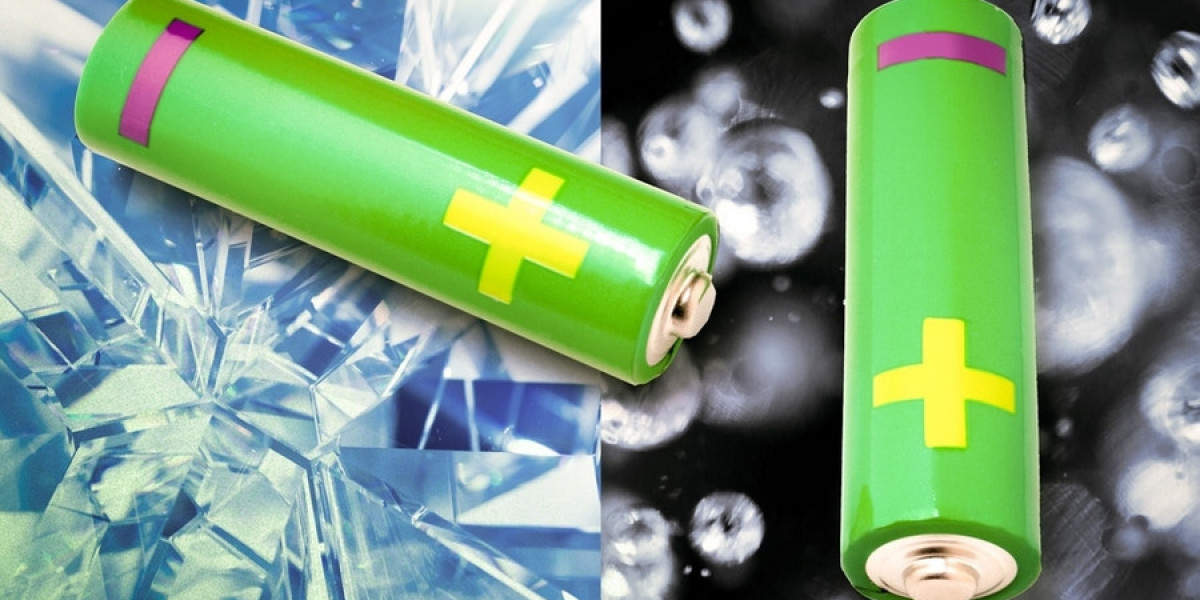The global demand for advanced energy storage solutions is rapidly increasing due to the surge in electric vehicles (EVs), portable electronics, and renewable energy integration. Silicon anode batteries market are emerging as a revolutionary technology in the lithium-ion battery sector, promising significant improvements in energy density, charge rates, and battery lifespan. This has triggered intense research and development activity, driving the silicon anode battery market into a phase of dynamic growth and innovation.
Silicon anodes offer a compelling alternative to conventional graphite anodes in lithium-ion batteries. Graphite, while widely used, has a limited theoretical capacity of around 372 mAh/g. Silicon, on the other hand, has a theoretical capacity nearly ten times higher, at approximately 4200 mAh/g. This makes silicon anodes highly attractive for applications requiring longer battery life and higher energy density. However, silicon’s tendency to expand significantly during lithiation poses challenges such as mechanical degradation and rapid capacity fading, which researchers and manufacturers are actively working to overcome.
Market research indicates that companies are focusing heavily on nanostructuring silicon materials, developing silicon composites, and integrating silicon with graphite to create hybrid anodes. These advancements aim to mitigate the volume expansion issue while retaining silicon’s high capacity benefits. In parallel, novel binders and electrolytes are being explored to enhance the stability and performance of silicon anode batteries.
The silicon anode battery market is segmented by application, including electric vehicles, consumer electronics, grid energy storage, and industrial uses. Among these, the electric vehicle sector is the dominant growth driver, fueled by global efforts to reduce carbon emissions and transition to sustainable transport. Governments worldwide are incentivizing EV adoption, which has led battery manufacturers to seek more efficient, cost-effective, and durable battery technologies. Silicon anode batteries fit this demand perfectly, as they can potentially offer longer driving ranges and shorter charging times.
Geographically, the market is witnessing significant expansion in Asia-Pacific, particularly in China, Japan, and South Korea. These countries are hubs for battery manufacturing and innovation, supported by substantial government funding and private sector investments. North America and Europe are also key regions, propelled by automotive giants and tech firms pushing forward with electric mobility and energy storage solutions.
Competitive analysis reveals a mix of established battery manufacturers and startups investing in silicon anode technology. Major players such as Panasonic, Sila Nanotechnologies, Amprius Technologies, and Enevate are actively developing commercial products and pilot-scale manufacturing. Collaborations and partnerships with automotive companies and research institutions are common strategies to accelerate product development and market entry.
Despite promising prospects, the silicon anode battery market faces challenges. The high production costs of silicon materials and the complexity of integrating silicon into existing battery manufacturing lines remain significant hurdles. Additionally, ensuring consistent quality and scalability in mass production requires continued innovation. Environmental concerns related to material sourcing and battery recycling also need to be addressed to make silicon anode batteries truly sustainable.
Future market trends point towards continued research into silicon-dominant anodes with improved cycle life and stability. Advances in machine learning and artificial intelligence are being applied to optimize material design and battery performance. Moreover, new battery chemistries and solid-state electrolytes may complement silicon anode technologies, creating hybrid solutions that maximize safety and efficiency.
In summary, silicon anode batteries represent a transformative opportunity in the energy storage landscape. With ongoing research overcoming existing technical challenges, the market is poised for rapid expansion, driven by strong demand from electric vehicles and other high-performance applications. Industry stakeholders must continue investing in innovation, strategic partnerships, and sustainable practices to fully unlock the potential of silicon anode batteries.









